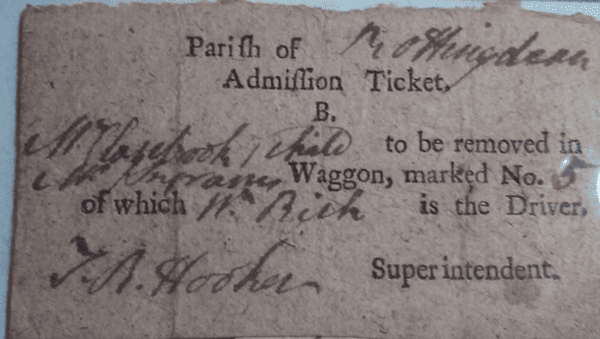Rev Dr Hooker
- Priest
- Schoolmaster
- Smuggler
- Master of the Hunt
- Country Gentleman
Thomas Redman Hooker was brought up in a fine mansion at Tonbridge and educated at Westminster School and Oxford. Sadly, his father lost the family fortune when the gunpowder mills in which he had invested blew up. Thus, Hooker ended up as a humble parish priest who supplemented his income by tutoring.
Hooker was temporarily employed as secretary to the Duke of Dorset, the patron of the living of Rottingdean Parish, so when a vacancy occurred, Hooker was an obvious candidate. The Duke had two vacant livings and two candidates at that time, so it was by the throw of a dice that Thomas Hooker became Vicar of Rottingdean in 1792. In 1810 he became a Doctor of Divinity hence his full title!
His first wife was a cousin of Jane Austen. His second wife, Emma Jane Greenland, was more like a heroine from a Jane Austen novel. She was such an accomplished artist and musician that J C Bach dedicated six sonatas to her. Hooker himself was a fine cellist and painter, also excelling in such sports as cricket and swimming. On one occasion he broke his arm riding so he reversed the strings on his cello in order to continue playing with his uninjured arm!
His popularity is marked by a large bust erected in his memory above the pulpit in St Margaret’s Church, Rottingdean. He served his flock faithfully for 46 years and donations of all sizes came from the richest and poorest in the village. The present Vicar says he is embarrassed to preach under the bust of a Hooker! Although a good pastor to his flock, Dr Hooker was also able to hold his own in the best of Society. It is said that he once entertained King William IV and Queen Adelaide at The Grange.
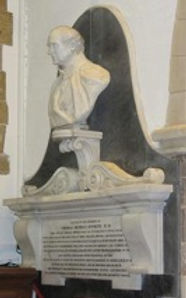
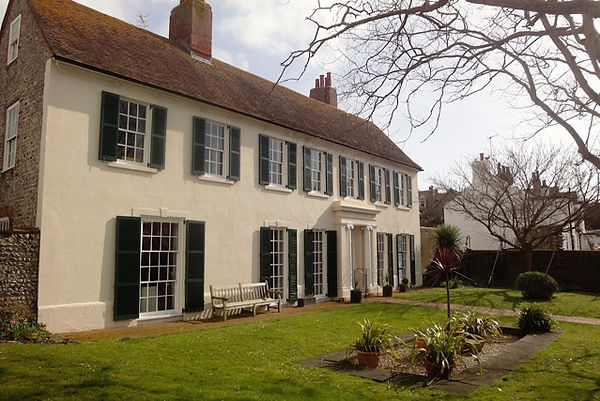
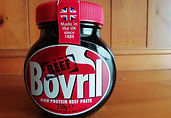
The Grange was The Vicarage at that time and was symmetrical with the door in the centre until Hooker added a northern extension and attic dormitories for the scholars.
Hooker was highly regarded as a schoolmaster and trained boys for Eton and eventual high office. His pupils included Henry Fox Talbot of photography fame, Henry Edward Manning who became Cardinal Manning, the Roman Catholic Archbishop of Westminster and Edward Bulwer Lytton (later Lord Lytton) the author.
Lord Lytton was Secretary of State for the Colonies but also found time to write novels. His works were bestsellers and earnt him a great deal of money. He coined the phrases ‘The great unwashed’ and ‘the pen is mightier than the sword’ in addition to penning the immortal opening line ‘It was a dark and stormy night…’ He also wrote an early science fiction work concerning the strong force vril. This inspired the name of the drink Bovril (Bovine + vril.) which was introduced in the 1870’s.
Hooker’s generosity is shown in the way that he freely taught John Dudeney the scholar shepherd who eventually became a schoolmaster in Lewes. He also taught the nephews of both Napoleon and Wellington at the school, where he maintained a healthy regime of good beef and cricket. The school eventually moved into the building known as St Aubyns School.
From 1800 to 1820 Hooker was Master of the Brookside Harriers. This was one of the most famous packs of hounds in the country. The Harriers hunted foxes as well as deer. Even in his seventies he would ride out three times a week with the Hunt.
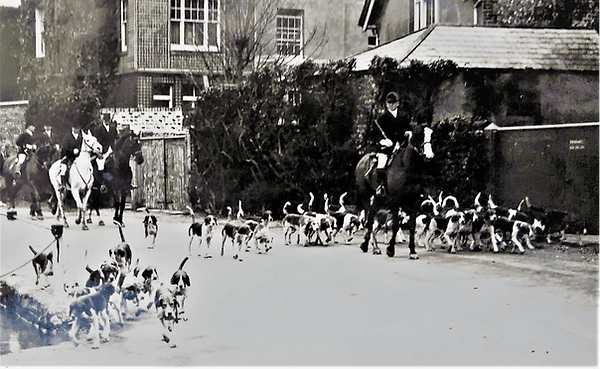
His horsemanship also meant that he could act as look-out for The Rottingdean Gang of smugglers. Hooker owned a grey mare famous for her speed. Almost all the parish was involved in smuggling. This was not because they were truly criminals but because poverty forced them to turn to smuggling in a time of low wages and excessively high taxes. A night’s work unloading duty free goods from France could pay almost as much as a week’s work for a farmhand.
Wool had been smuggled out of England to avoid duties since the 13th Century but from the mid-17th century French goods such as lace, tea, coffee, gin, spices and brandy were brought ashore at Rottingdean, Saltdean and other gaps in the local cliffs. They would be hidden in gorse bushes or caves before being carried through tunnels which connected the cellars of the major village houses for eventual transport to London. It was a well-planned operation; even the sails of the windmill could be set to signal that the ‘coast is clear.’ Rudyard Kipling lived in Rottingdean from 1896 to 1902 and wrote about such activity in his famous poem ‘A Smugglers Song.’
Typical of his pastoral care, Hooker had devised an evacuation plan in case of Napoleonic invasion, which was a genuine fear at the time. Each villager had a ticket allocating a seat in a farm cart. Such a ticket is in The Preservation Society’s archive and the signature T R Hooker can be clearly seen. The holder of this ticket was allocated a place in wagon No. 5 belonging to Mr Ingram of The Elms, which was to be driven by Mr Rich, a farm worker.
Fortunately, the invasion did not happen but a false alarm caused the Rottingdean beacon to be accidently lit one night. Hooker’s daughter recalled being dragged from her bed in the middle of the night and carried five miles inland in a wagon before the mistake was realised!
